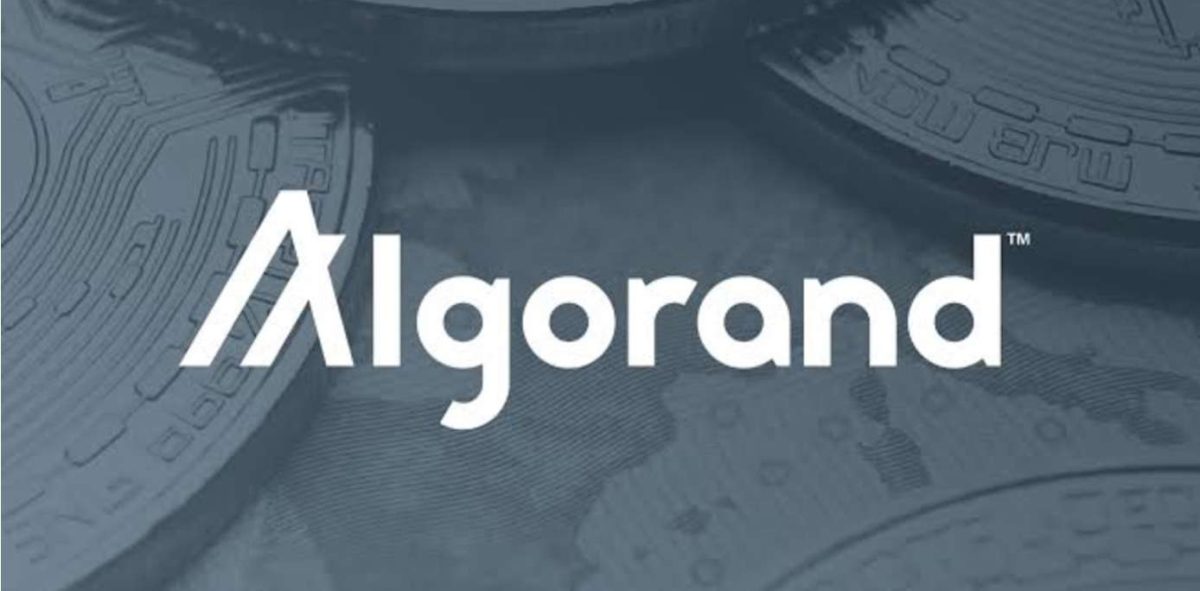Why value accrual matters for tokens
Based on Blockworks Research estimates, JUP buybacks comes up to ~40% of total supply
This is a segment from the 0xResearch newsletter. To read full editions, subscribe .
When crypto projects make big announcements using words like “buyback,” “burn,” or “revenue sharing,” that’s usually taken to mean there are bullish investing tailwinds at play.
But I have questions. How much does an annualized 10% buyback yield actually matter when these tokens can plummet 20% in a day?
Does value accrual matter because it is valuable for reasons of fundamental analysis (i.e. cash flows), or merely for narrative optics?
Over the weekend, Solana DEX aggregator Jupiter announced a significant JUP buyback program with 50% of fee revenues.

Based on estimates by Blockworks Research analyst Carlos Gonzalez, that translates to about $750 million in annualized JUP buybacks, or about a significant 40% of JUP’s circulating supply in a year.
 Source: Blockworks Research
Source: Blockworks Research
That’s a pretty impressive annualized buyback yield of about 42%.
Newsletter
Subscribe to Blockworks Daily
But what does 42% matter when token prices can tank 90% in a week?
Well, it’s not a flash in the pan solution, but it helps to sustain against selling pressure. Carlos pointed to Raydium’s successful experiment with buybacks:
“Raydium has accumulated 20% of RAY’s supply since the start of their buyback program. In terms of market structure, it adds buying pressure to the token and RAY has outperformed most of Solana DeFi. Fundamentals matter but of course you could also find examples to argue that buybacks aren’t that bullish. For instance, Maker.”
Virtuals, the leading AI agent launchpad on Base (now expanding to Solana), also committed two weeks ago to an estimated $40 million in buybacks and burns for 10k+ agent tokens over a 30-day TWAP.
Since the buybacks were announced on Jan. 15, the five largest agent token buybacks by far are GAME, CONVO, AIXBT, SEKOIA and MISATO, all of which have given up all their gains as of yesterday’s market crash.
Over the last year, many blue-chip DeFi protocols with actual product-market fit have also sought to return revenues to token holders.
Compound, for instance, proposed in August a fee switch to allocate 30% of its reserves to COMP stakers.
Marc Zeller of Aave proposed last July a “Buy & Distribute” proposal to buy back AAVE on the open market with “net excess revenue of the protocol.”
Then there’s Uniswap, which planned to implement a UNI fee switch for stakers, but quickly abandoned the proposal after receiving an SEC Wells notice two months later (Uniswap is again attempting some form of value accrual on its upcoming Unichain).
Major L2s like Arbitrum , Starknet and Gnosis have floated proposals last year to return value to token holders who stake their tokens.
Starknet voted last September to enable Starknet staking ( 12.94% APY) and Gnosis passed a proposal in June to spend $30 million of the DAO’s treasury to buy back liquid GNO over a six-month period.
As far as I can tell, out of all the above-mentioned value accrual proposals, only Starknet and Gnosis have actually implemented their value accretive mechanisms.
Yet from the time these value accrual mechanisms were put in place, GNO has seen a 46% decline, while STRK has stayed flat.
So what are the right mental models to think about value accrual mechanisms? They’re not a magic bullet. But they’re a key ingredient in the recipe of getting a successful token launch right.
Start your day with top crypto insights from David Canellis and Katherine Ross. Subscribe to the Empire newsletter .
Explore the growing intersection between crypto, macroeconomics, policy and finance with Ben Strack, Casey Wagner and Felix Jauvin. Subscribe to the Forward Guidance newsletter .
Get alpha directly in your inbox with the 0xResearch newsletter — market highlights, charts, degen trade ideas, governance updates, and more.
The Lightspeed newsletter is all things Solana, in your inbox, every day. Subscribe to daily Solana news from Jack Kubinec and Jeff Albus.
- 0xResearch Newsletter
- DEXs
- Jupiter
- Solana
- tokens
Disclaimer: The content of this article solely reflects the author's opinion and does not represent the platform in any capacity. This article is not intended to serve as a reference for making investment decisions.
You may also like
Algorand Foundation and The Core Launch ‘Build on Blockchain’ Series for Industry Leaders

Injective Was a Lesson in Missed Timing — Qubetics Is Climbing Fast Among the Top Crypto Assets for 2025
How many times have you caught yourself scrolling through your portfolio, realizing you could’ve turned $500 into five figures — if only you’d acted sooner?Missed Qubetics Whitelist? Don’t Miss Your Entry Among the Top Crypto Assets NowInjective: One of the Top Crypto Assets You Probably Woke Up Too Late ForDon’t Let Regret Repeat: Why Qubetics Belongs in Your List of top crypto assets for 2025For More Information:

Bitcoin Price Drops Below $85K Again as TAO, FET See Surges
CARV opens the second season airdrop collection, the snapshot time is April 17th 20:00
